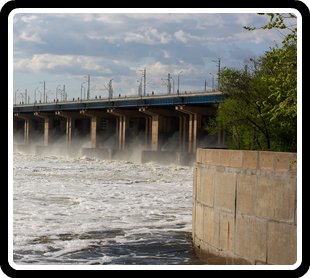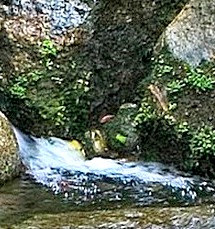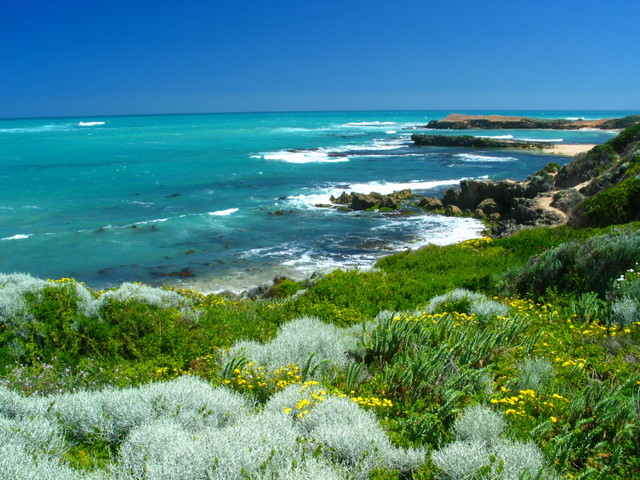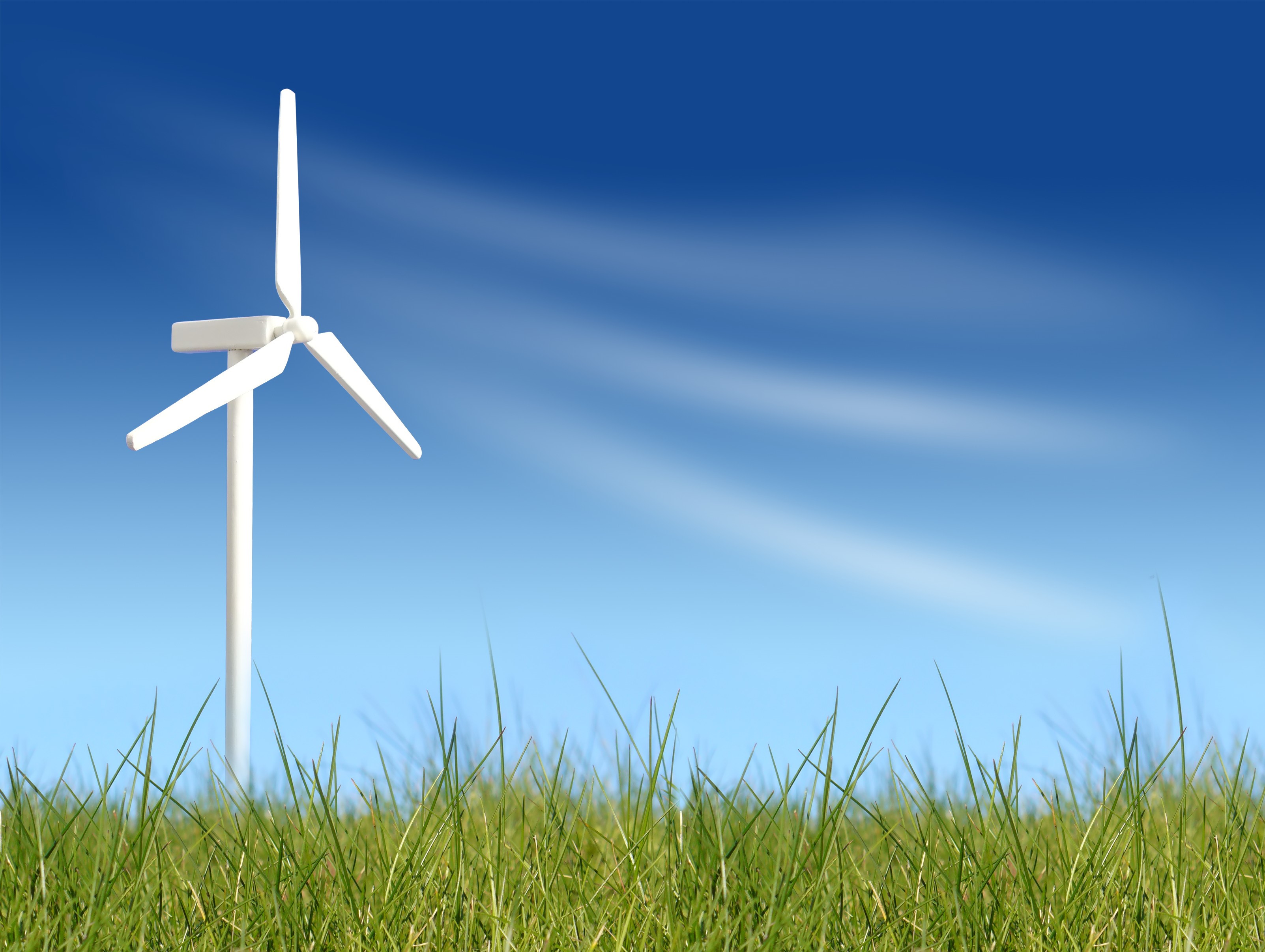Large-Scale-Hydro: The World's Largest Power Producers
Large-Scale-Hydro mostly developed to produce electricity for government or public electrical networks, to-day's capacity are from 30 Megawatts (MW). The largest hydroelectric power station ever built so far is the Three Gorges Dam in China, with a total installed capacity of 22,500 MW.
Large-Scale-Hydro
These large scale projects usually use water impounded behind dams and reservoirs to retain water from rivers. The stored water when released passes through and rotates turbines, then spins generators creating electricity. During periods when little electricity is used, power from the Grid can be used to spin the turbines backwards causing them to pump water from a river or lower reservoir to an upper reservoir, where the water can be stored until the demand for electricity is high. This stored water can be accessed quickly when needed.
Advantages
Hydro being a flexible source of power can be stored very much like a battery that stores electricity from energy sources such as Solar, Wind and Nuclear for later use, and when power is needed water is released to turn the turbine and create electricity. A major advantage is the cost of operation which is nearly nil with the elimination of fossil fuels cost increases, such as oil and natural gas or coal, and no imports are needed.
Large-Scale-hydro have long economic lives, with some plants that are still in service after 50-100 years. Some plants are automated which makes the operating costs usually low, needing very few personnel on site while in normal operation. Also since they don't use fossil fuels, hydro do not directly produce carbon dioxide, though during construction and the manufacturing of the hydro projects, some carbon dioxide may be produced, this is just a small fraction of the operating emissions compared to fossil-fuel electricity generation.
According to a study done in Europe by the Paul Scherrer Institute and the University of Sluttgart, hydroelectricity produced the least amount of greenhouse gases, with Wind coming in second place, Nuclear Energy third place, and Solar fourth place.

Disadvantages|Concerns
Large reservoirs from Large-Scale-Hydro needed for the operation of hydroelectricity may result in large areas of land being submerged, destroying biologically rich and productive lowland, forests, marshlands and grasslands. Also, in tropical regions in an anaerobic environment, decaying plant material due to flooding reservoirs may produce Methane Gas.
Greenhouse gas emissions could be higher than from a conventional oil-fired thermal generation plant if reservoirs are larger compared to the generating capacity, and if no clearing of the forests was done in the area prior to the reservoir being impounded, according to the World Commission on Dams report.
Other disadvantages are that turbine gates from hydroelectric generation could change the downstream river environment by being opened intermittently, causing daily fluctuation in the river flow which could lead to the loss of riverbanks by erosion.
Concerns over aquatic ecosystems by Hydro projects are that they can harm salmon population by preventing access to spawning grounds. New research and development have succeeded in reducing many of these environmental impacts by the use of Fish Ladders, Fish Screens, New Turbine designs, and Reservoir Aeration.
Silt is another concern. Reservoirs filling up with sediment can become useless in its capacity to control floods, and can cause extra pressure on the upstream portion of the dam. Power shortages in areas depending heavily on hydroelectric power can be the result of lower river flow, and the amount of live storage in a reservoir reduced by the lower river flow diminishes the amount of water that can be used for hydroelectricity.
Climate change can increase the risk of flow shortage with just a few degrees increase in temperature that can result in a 10% decline in precipitation, causing reduce river flow run-off by up to 40%.
Relocation of people, living where reservoirs are planned are another disadvantage with the people being physically displaced as a direct result of dam construction, also other concerns are the lost of wildlife. Large Hydro dams, holding back large volumes of water can be catastrophic to people living in downriver settlements. Dam failure due to poor construction, natural disasters or sabotage, have been some of the largest man-made disasters in history.
Hydro Future
In the U.S. the Energy Department has invested 24.9 Million under the Recovery Act to upgrade existing Hydro power facilities. This will add decades to the facilities life span, also reduce environmental impacts and will produce more clean, affordable, reliable energy for their communities.
Natural Resource Canada objectives are for sustainable development and responsible use of Canada's energy resources. By following guidelines, applying best practices in the designs, and in the construction and operation of Large-Scale-Hydro plants, and also in local communities involvement of the planning processes, environmental and social impacts can be greatly minimized.
For more see Hydro- power
Also see Alternative Energies
For more see Small-scale-hydro



